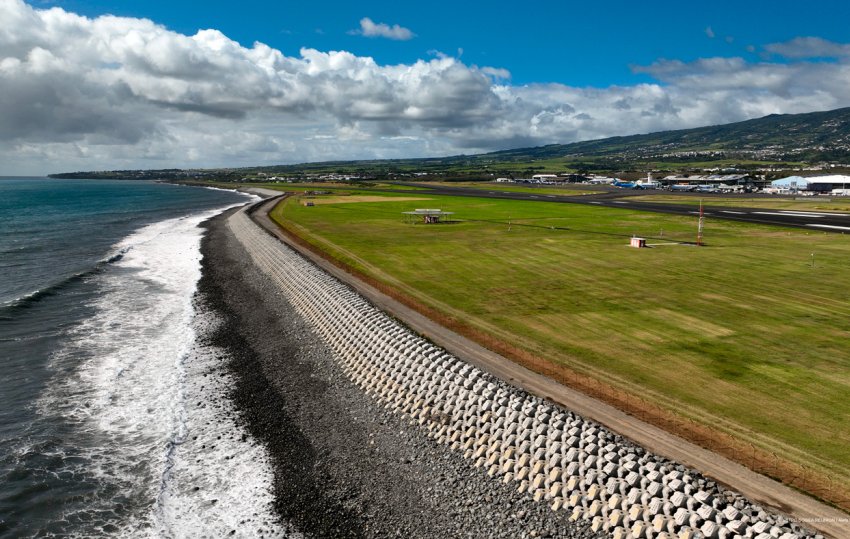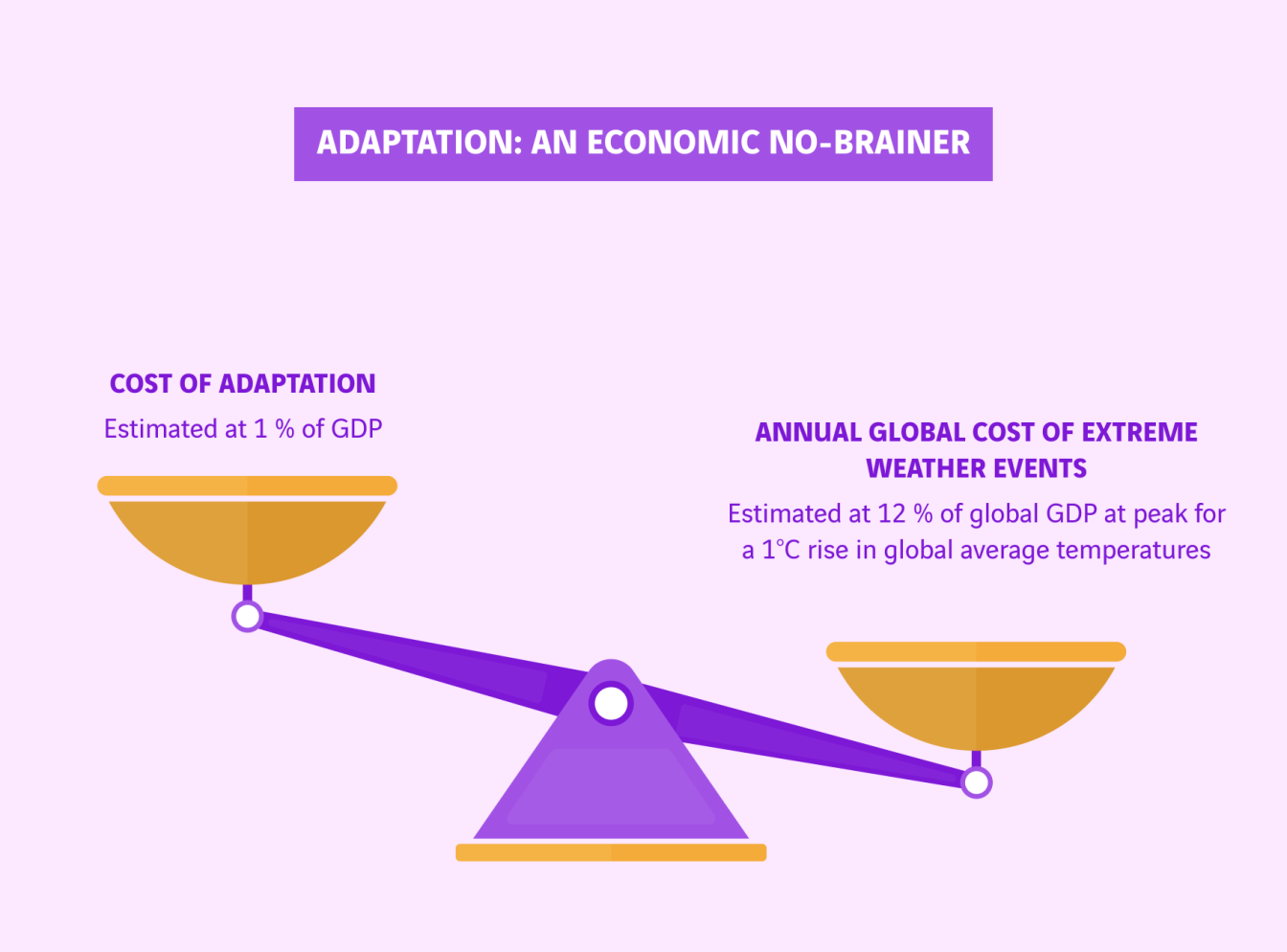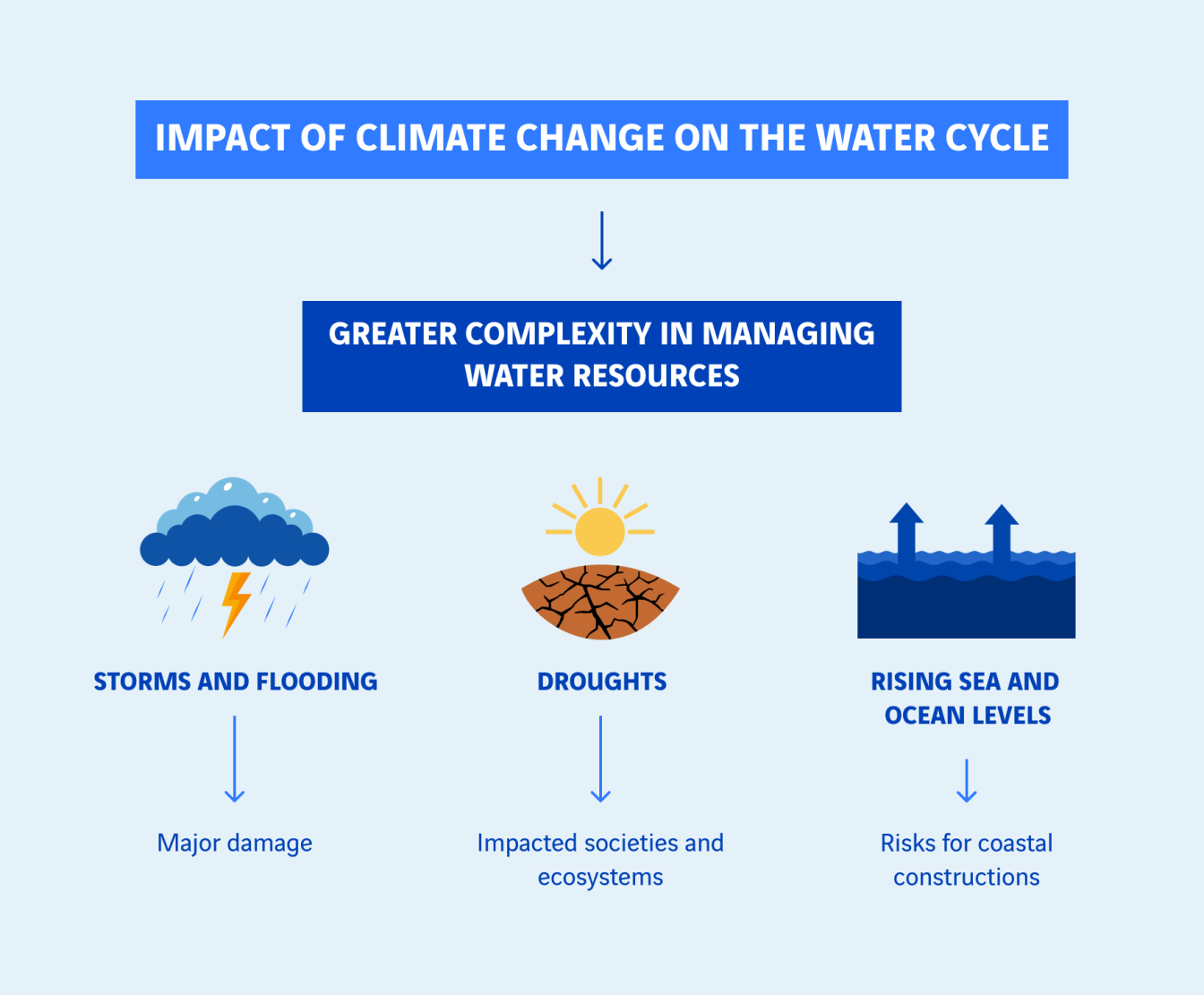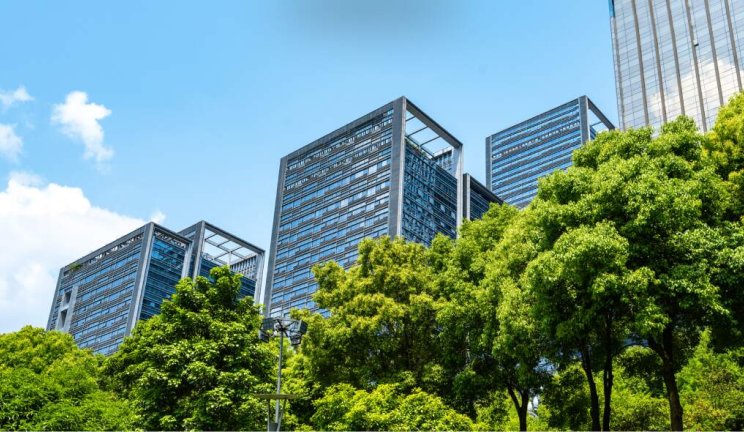Climate change adaptation: new techniques and infrastructure for greater protection
With climate change gathering pace and its cascading consequences continuing to make their presence felt, such as heatwaves, storms and rising water levels, adaptation is key to protecting our societies. From combatting coastal erosion through to cooling buildings and restoring ecosystems, this article provides a round-up of the techniques that are helping cities and communities prepare for the major changes that are already sweeping the planet.
Dans le même dossier
Mitigation and adaptation: solutions for greater resistance
Diagnostics and prevention driving climate change adaptation.
When it comes to climate change, prevention is better than cure
With CO2 concentrations in the atmosphere reaching their highest level in two million years, the prospect of exceeding a 1.5°C increase in temperatures compared to pre-industrial levels now seems to be a foregone conclusion1. One of the knock-on effects from global warming is the surging number of extreme weather events, which quadrupled between the 1970s and the 2010s. This trend is pushing our cities and communities to the very limit. This is where the key concept of adaptation comes into play. In addition to reducing carbon emissions, adaptation is one of the strategies recommended by the Intergovernmental Panel on Climate Change (IPCC) for addressing climate change. The principle involves anticipating the physical risks associated with climate change to ensure the safety of populations while protecting their well-being and health.
Adaptation: an economic no-brainer
Adaptation may require significant investments, but its cost pales in comparison to the price of climate change. As of 1 January 2024, some 1,000 to 2,000 municipalities in France were already considered to be uninsurable. On a worldwide scale, extreme weather events cost 800 billion dollars every year. More compelling still is that a 1% increase in average global temperatures could lead to a gradual decline in world GDP that peaks at 12% - i.e. much higher than the cost of adaptation, which is estimated at 1% of world GDP. It is clear to see that adaptation is a financially attractive prospect, but above all, it is essential for ensuring that people can continue living in our cities and communities.
A wide range of solutions across the board
In an effort to tackle the challenges raised by global warming, adaptation solutions are being rolled out in several stages. First of all, they involve measuring the extent to which structures are vulnerable to climate change, based on the typical weather conditions in the local area. Other solutions are designed with prevention in mind by improving the ability of buildings and infrastructure to withstand climate hazards before they strike and thereby minimise their vulnerability, such as by preparing electrical grids to hold up against storms or protecting wind farms against extreme temperatures. Finally, several techniques have been developed to allow infrastructure struck by a weather event to quickly return to normal service. These three stages work together and depend on each other. For instance, the damage arising from a weather event will be amplified if no preventive action has been taken, meaning that it will take even longer before the situation returns to normal. Diagnostics, preventive measures and practices for dealing with the aftermath of weather events are not only increasingly adopting digital solutions, but they are also relying on various physical innovations, such as designing infrastructure to limit the adverse effects of extreme weather events, like heatwaves and storms.
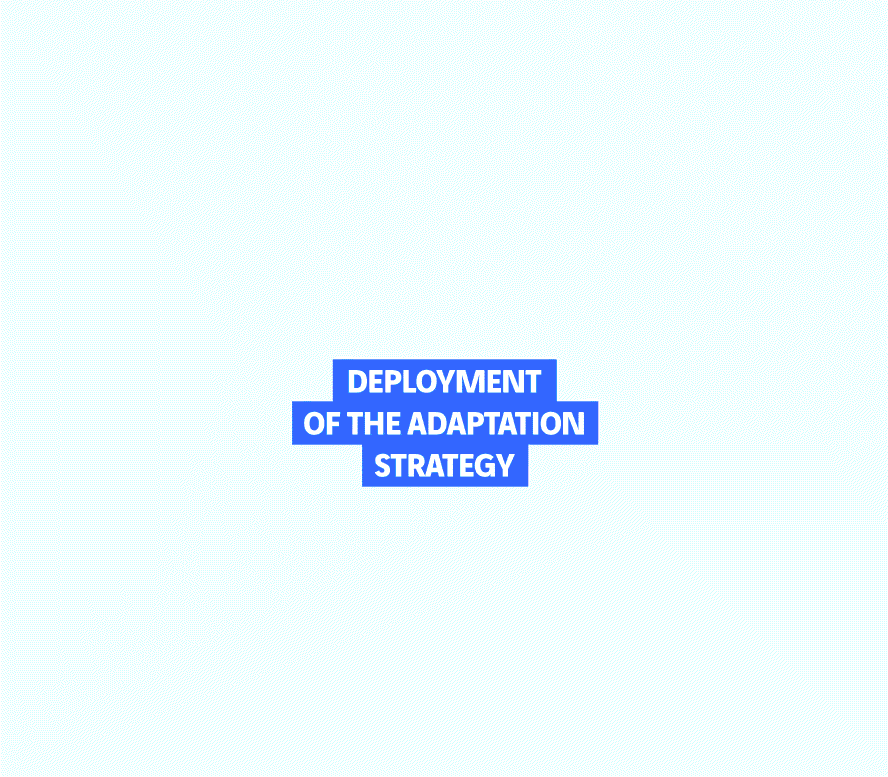
Gearing buildings towards extreme temperatures
Over the last decade, France has experienced four times as many days of heatwaves than in the 1980s2. These temperature spikes are dangerous to health, since they can lead to cardiovascular and respiratory problems, and even potentially fatal heatstroke. Many century-old techniques, such as windcatchers3, are capable of cooling down public spaces and buildings, and new innovative solutions are also being pioneered.
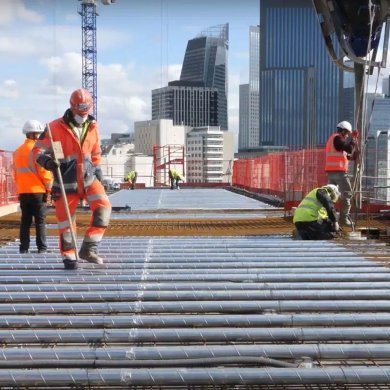
The GREENFLOOR® solution from VINCI Energies
Greenfloor® involves passing air through ducts integrated into a very low-carbon concrete slab. The air, used as a heat transfer fluid, transmits its heat or coolness to the concrete, which acts like a radiant ceiling. As a result, Greenfloor® seamlessly regulates temperature for improved well-being and better air quality.
Promoting ecosystem resilience
Biodiversity’s natural ability to procure a wide variety of ecosystem services is being threatened by the effects of climate change4, which explains why its decline is such a cause for concern. Forests act like carbon sinks, while greening helps combat urban heat islands, which can cause inner cities to be 10°C warmer than surrounding areas5. This wealth of functionality inspired the concept of ecological engineering, which refers to all the techniques aimed at improving or restoring biodiversity and ecological functions across both natural and human-made environments. Ecological engineering is a core area of expertise at Equo Vivo (a VINCI Construction subsidiary), whose projects involve modulating the flow of a river to prevent flooding of sensitive areas and creating new wetlands. The goal is to preserve biodiversity and ensure that cities and communities are better prepared.
Protecting against the disrupted water cycle
Another major repercussion of global warming is the disruption to the water cycle, which adds even greater complexity when managing water resources. When water is too abundant, such as during storms, it can wreak significant damage, and when water is in short supply, such as during a drought, the very way in which our societies and ecosystems operate is impacted, without mentioning the rising sea levels that are eroding coastlines and endangering seaside buildings.
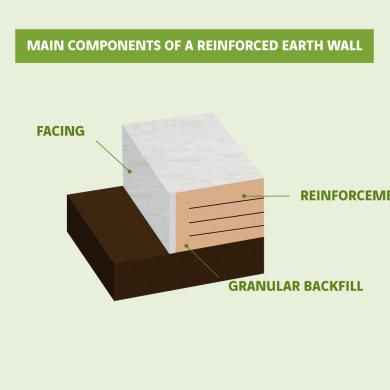
Geotextile Enviro Mat has been designed to address this particular issue. This solution has been developed by Geoquest (a VINCI Construction subsidiary) to protect against coastal and river erosion. The principle involves form-fill mattresses and geotextile-based geotubes that are installed to protect coastlines, seawalls and riverbanks.
Seawalls are actually proving to be more useful than ever for shielding coastlines against the risks of flooding caused by today’s increasingly violent storms. But some seawalls were engineered several decades ago, meaning that they are unable to protect against current climate risks and are consequently incapable of fulfilling their role.
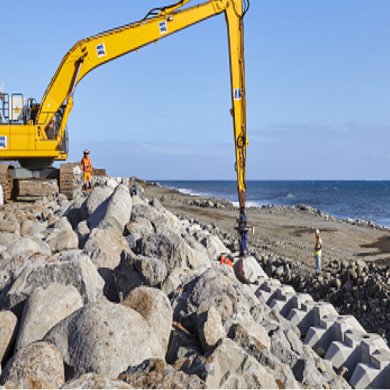
This realisation, together with the need to protect Roland Garros Airport on Reunion Island, prompted VINCI Construction to build a seawall with shells, based on a layer of 10,500 Xblocs® whose special shape makes them less fragile. The solution is a first in France and symbolises the very spirit of adaptation, i.e. anticipating the unprecedented by reinventing our construction practices!
Sources :
1 https://news.un.org/fr/story/2025/05/1155921
2 https://www.adaptation-changement-climatique.gouv.fr/dossiers-thematiques/impacts/canicule
4 https://www.fondationbiodiversite.fr/wp-content/uploads/2020/12/FRB-fiche-ambassade-1.pdf
5 https://geoconfluences.ens-lyon.fr/glossaire/ilot-de-chaleur-urbain
Subscribe
Stay tuned : receive our newsletter
Every quarter, discover new articles, exclusive features and experts' views delivered straight to your inbox.
Most viewed
Vous aimerez aussi
Marina Lévy - Companies at the heart of ocean conservation issues
Marina Lévy, oceanographer, research director at the CNRS and ocean advisor to the president of the French National Research…
Building with and for nature
Whether creating barrages, stripping away topsoil, cutting down trees or digging channels, humans have spent thousands of…
Bridging the construction gender gap: paving the way to a career in industry for women in Colombia
In 2025, the Ruta 40 consortium led by VINCI Construction Grands Projets completed work on widening and upgrading the Bogotá…
